The peak sizes of history’s largest empires
Throughout history, empires have shaped the world with their grandeur and power. These majestic giants, stretching across continents, have left indelible marks on culture, society, and politics.
From the thunderous hooves of Mongol invasions to the exploratory voyages of the Portuguese, each empire tells a story of ambition, conquest, and legacy. Join us as we journey through time, exploring the fascinating tales and enduring influences of these monumental empires.
The British Empire: When the Sun Never Set
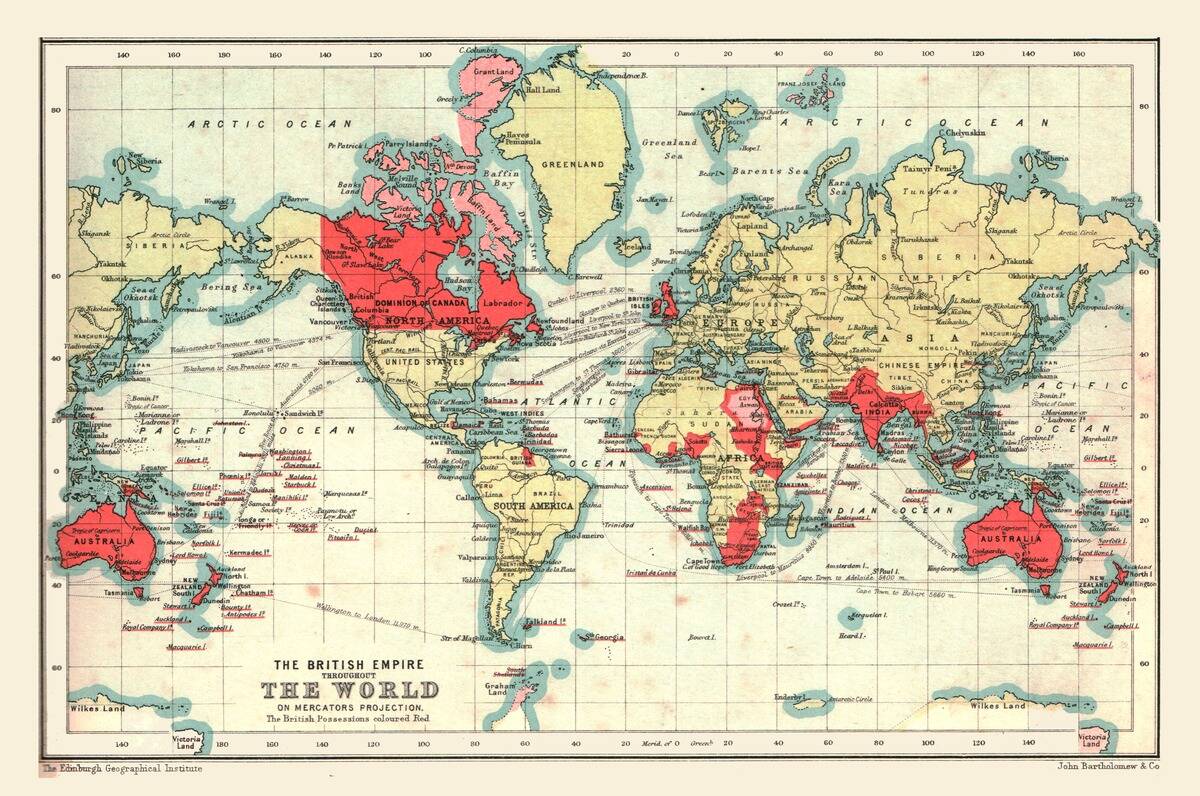
The British Empire was once the largest empire in history, covering about a quarter of the Earth’s land area (excluding Antarctica). It was famously said that the sun never set on the British Empire, reflecting its global reach.
From Canada to India, and Australia to the Caribbean, British influence extended far and wide. The empire’s legacy is evident in the widespread use of the English language, legal systems, and governance structures that have roots in British colonial rule.
The Mongol Empire: Genghis Khan’s Expansive Legacy
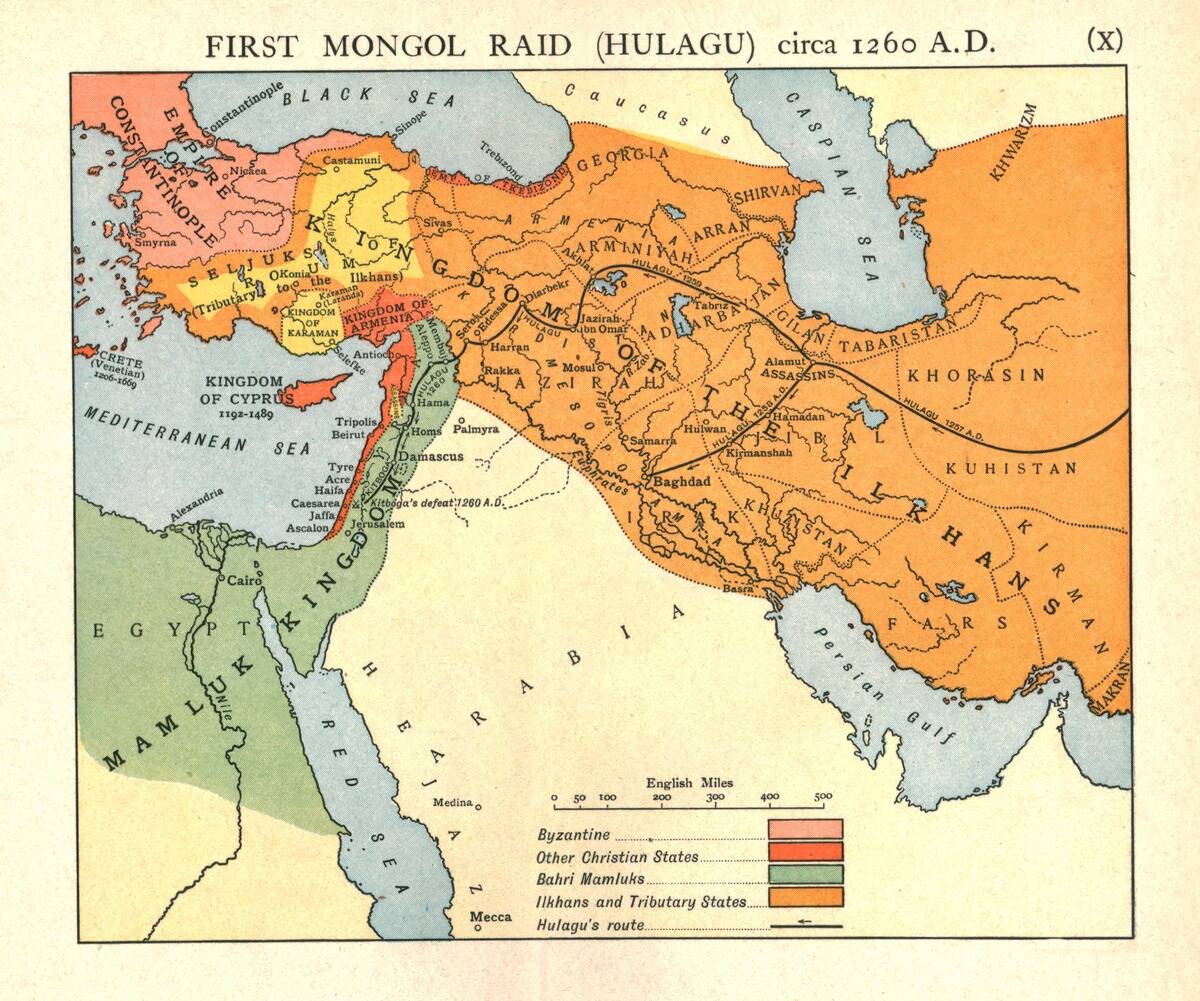
Under the leadership of Genghis Khan, the Mongol Empire became the largest contiguous land empire in history. At its peak, it stretched from Eastern Europe across Asia to the Sea of Japan.
The Mongols were known for their exceptional military strategies and horse archery skills. Despite their reputation for brutality, they also promoted trade and cultural exchanges along the Silk Road, facilitating interactions between the East and West.
The Russian Empire: From East to West
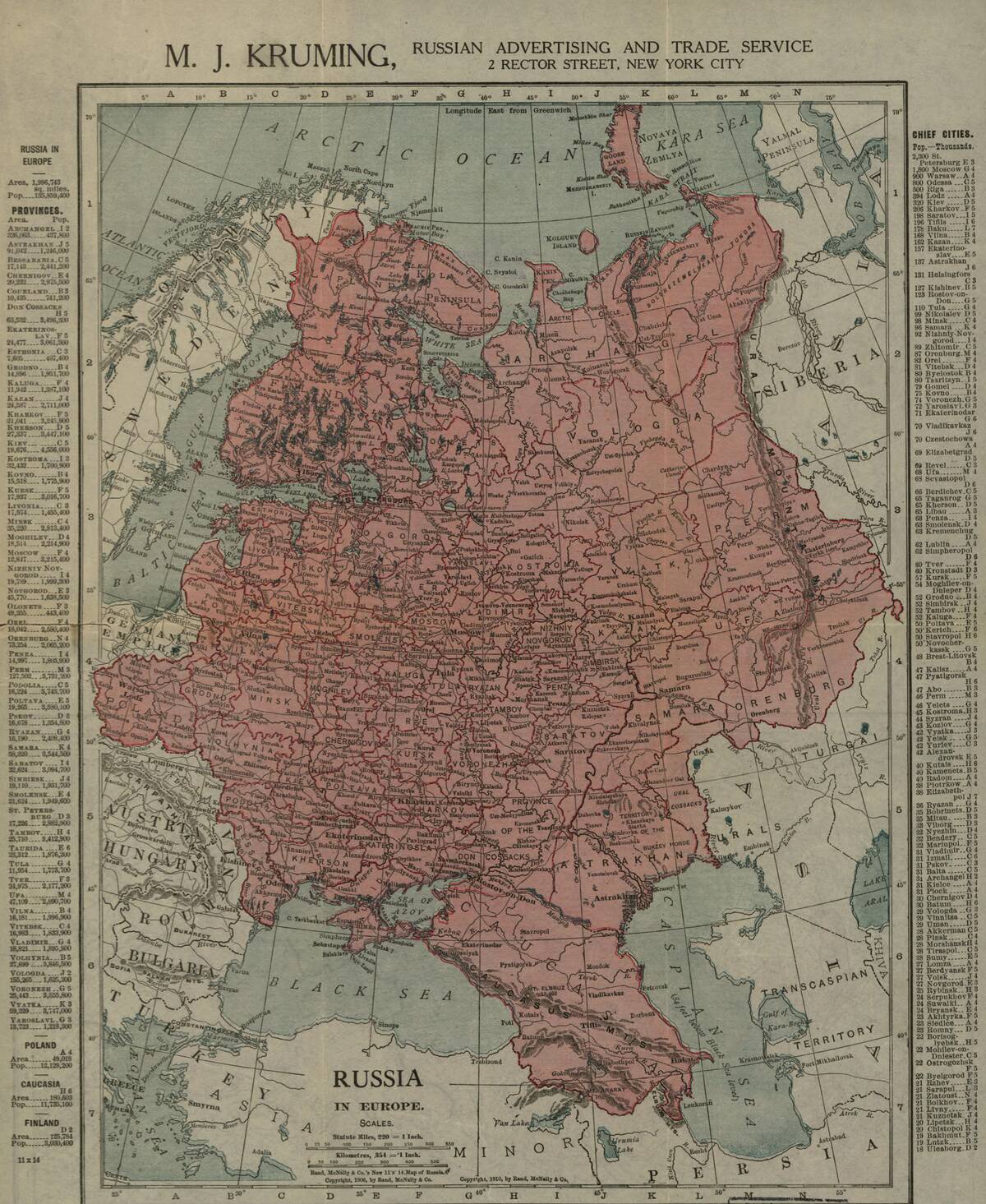
The Russian Empire, established by Peter the Great, expanded its territories from Europe to Asia, becoming the third-largest empire in history. It was a melting pot of cultures, with over 100 ethnic groups within its borders.
The empire played a pivotal role in European politics and was instrumental in the defeat of Napoleon. Despite its vast reach, the empire faced internal challenges, leading to significant reforms and, eventually, revolution in the early 20th century.
The Spanish Empire: Conquistadors and Colonies
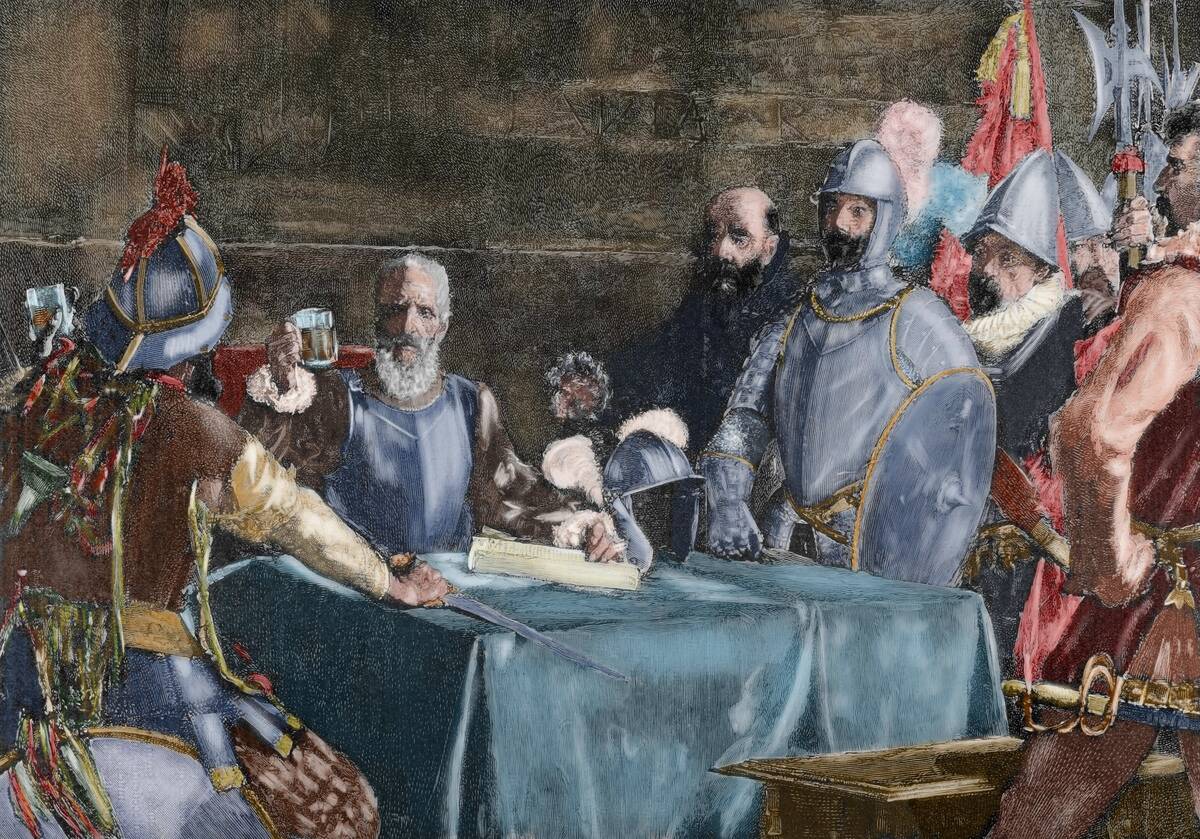
The Spanish Empire was among the first global empires, known for its conquests in the Americas led by figures like Hernán Cortés and Francisco Pizarro. At its height, it included territories in the Americas, Asia, and Europe.
The empire was fueled by the riches of the New World, including gold and silver, which had significant economic impacts on Europe. Spanish influence is still evident today in Latin America, from language to architecture and religion.
The Qing Dynasty: China’s Last Imperial Dynasty
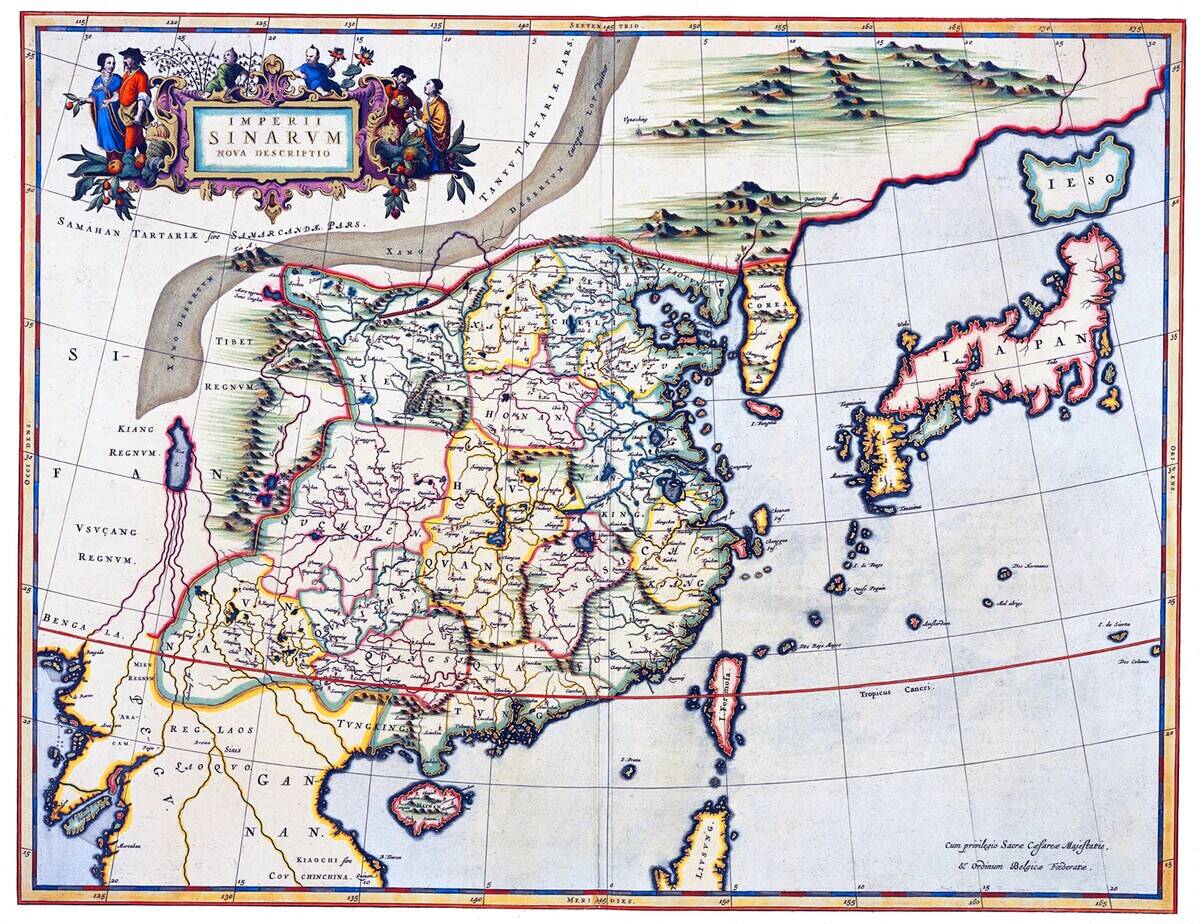
The Qing Dynasty was the last imperial dynasty of China, ruling from 1644 to 1912. It was established by the Manchus, who expanded China’s borders to their greatest extent.
The dynasty is known for its cultural achievements, such as the development of Peking Opera and the compilation of the “Siku Quanshu,” the largest collection of books in Chinese history. Despite its long reign, the Qing faced numerous challenges, including internal rebellions and external pressures from Western powers.
The Umayyad Caliphate: The First Islamic Empire
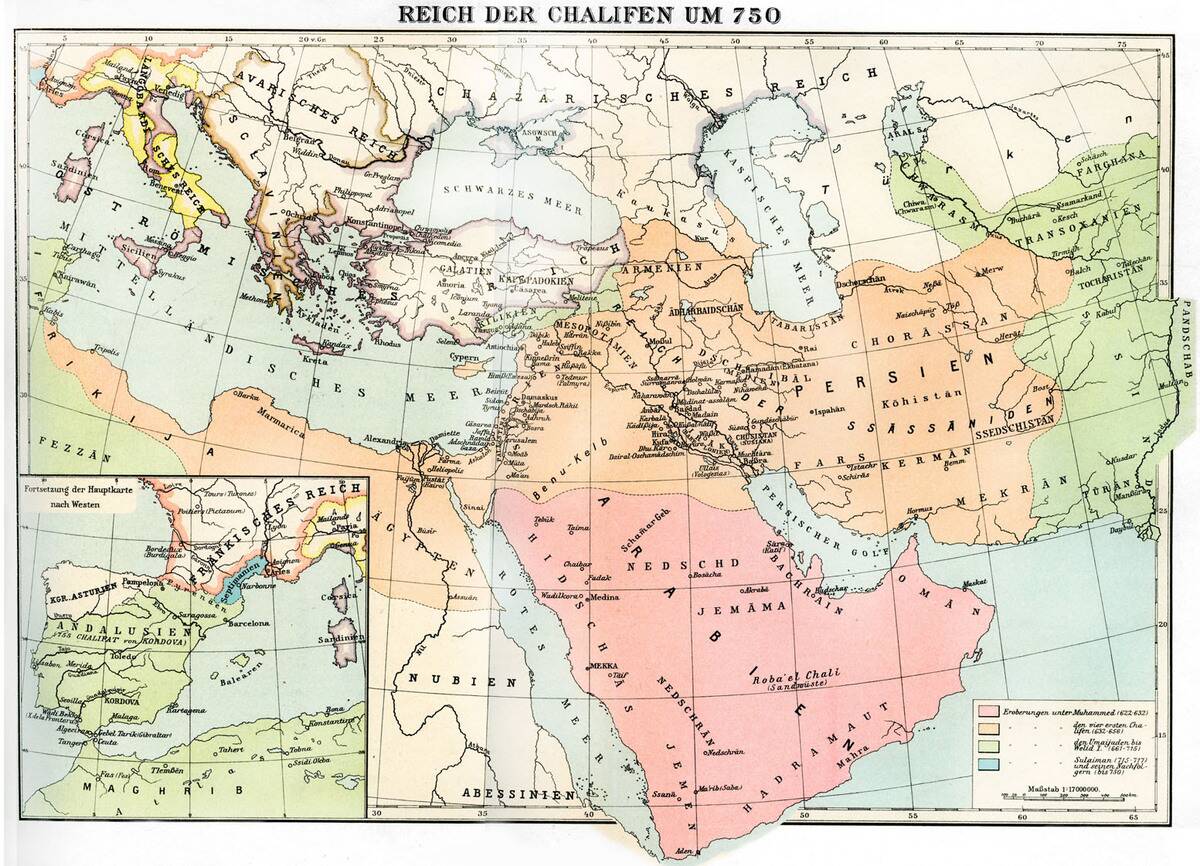
The Umayyad Caliphate was the first great Muslim dynasty to rule the empire of the Caliphate, from 661 to 750 CE. It spanned from Spain in the west to the westernmost edge of India in the east, marking the first major Islamic state.
The Umayyad era is noted for its administrative innovations and the spread of Islamic culture and language. The Dome of the Rock in Jerusalem, one of Islam’s oldest surviving pieces of architecture, was built during this period.
The Ottoman Empire: The Bridge Between East and West
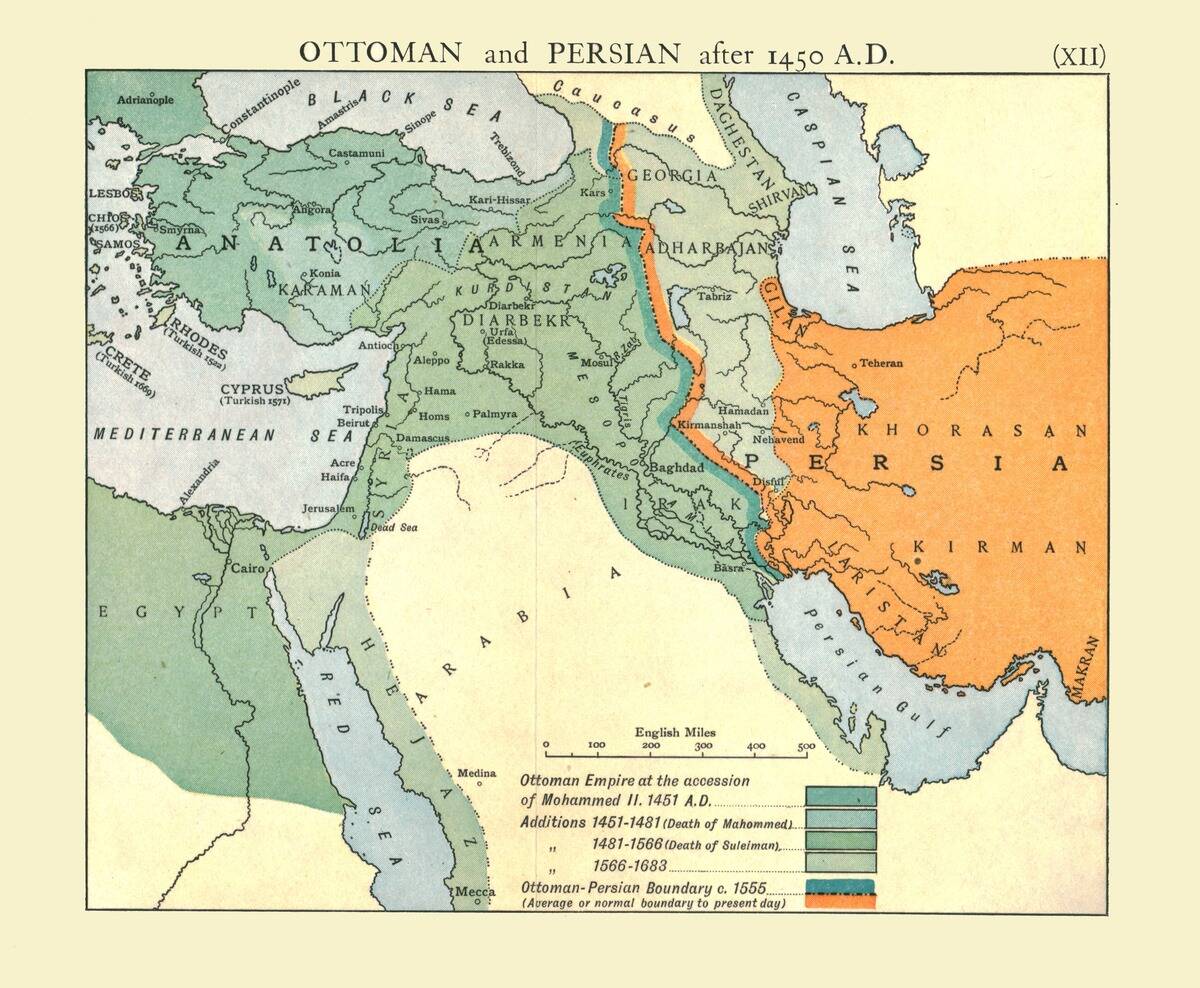
The Ottoman Empire was a transcontinental empire that lasted over 600 years, bridging Europe and Asia. It reached its zenith during the reign of Suleiman the Magnificent, who expanded its territories to include parts of Europe, Asia, and Africa.
The Ottomans were known for their architectural achievements, including the iconic Şehzade Mosque. Their administrative system and multicultural society set the stage for modern Turkey and left lasting influences on the Balkans and the Middle East.
The French Colonial Empire: Vive la France!
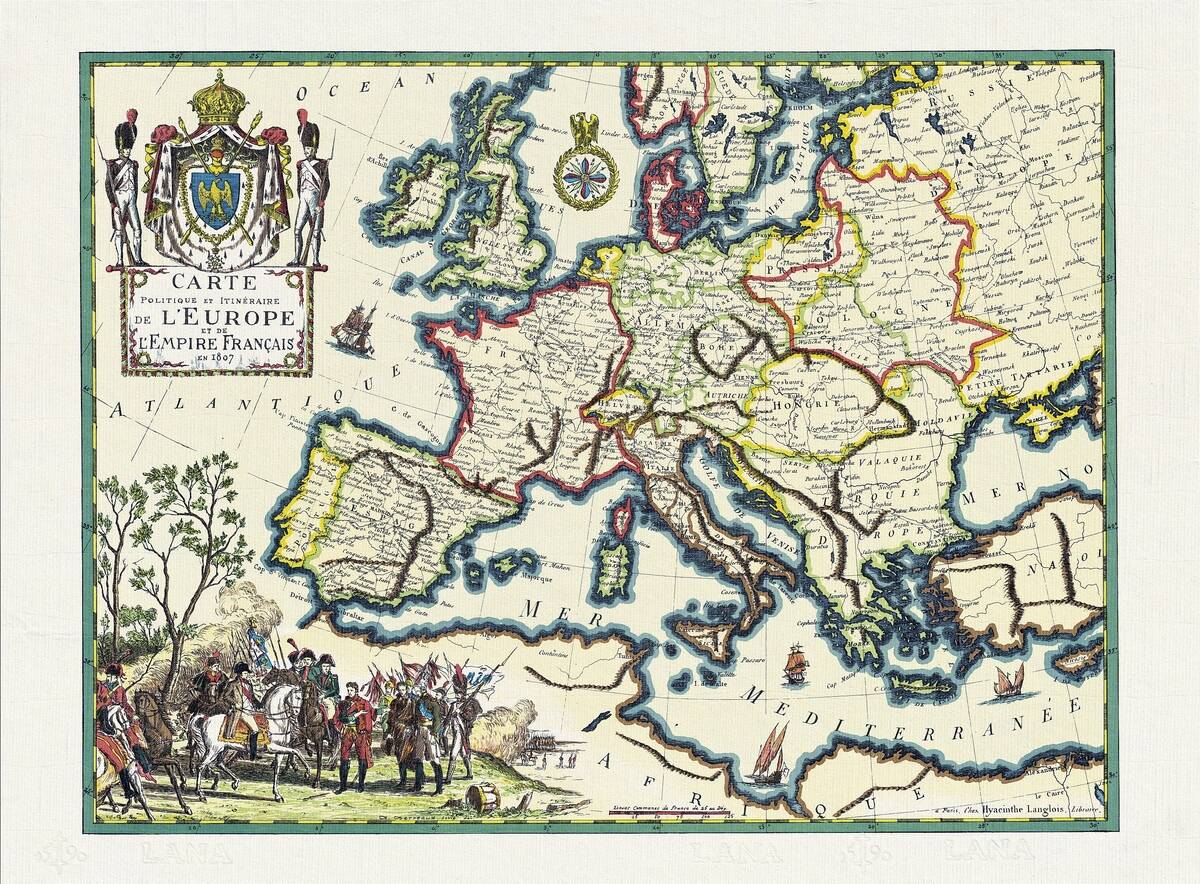
The French Colonial Empire was one of the largest empires of the 19th and 20th centuries. At its peak, it controlled territories in Africa, Southeast Asia, and the Caribbean. The French spread their language and culture, which remain influential in many former colonies.
However, the empire also faced resistance and decolonization movements, leading to independence for many territories post-World War II. The legacy of the French empire is still felt in the Francophone world today.
The Yuan Dynasty: A Mongol-ruled China
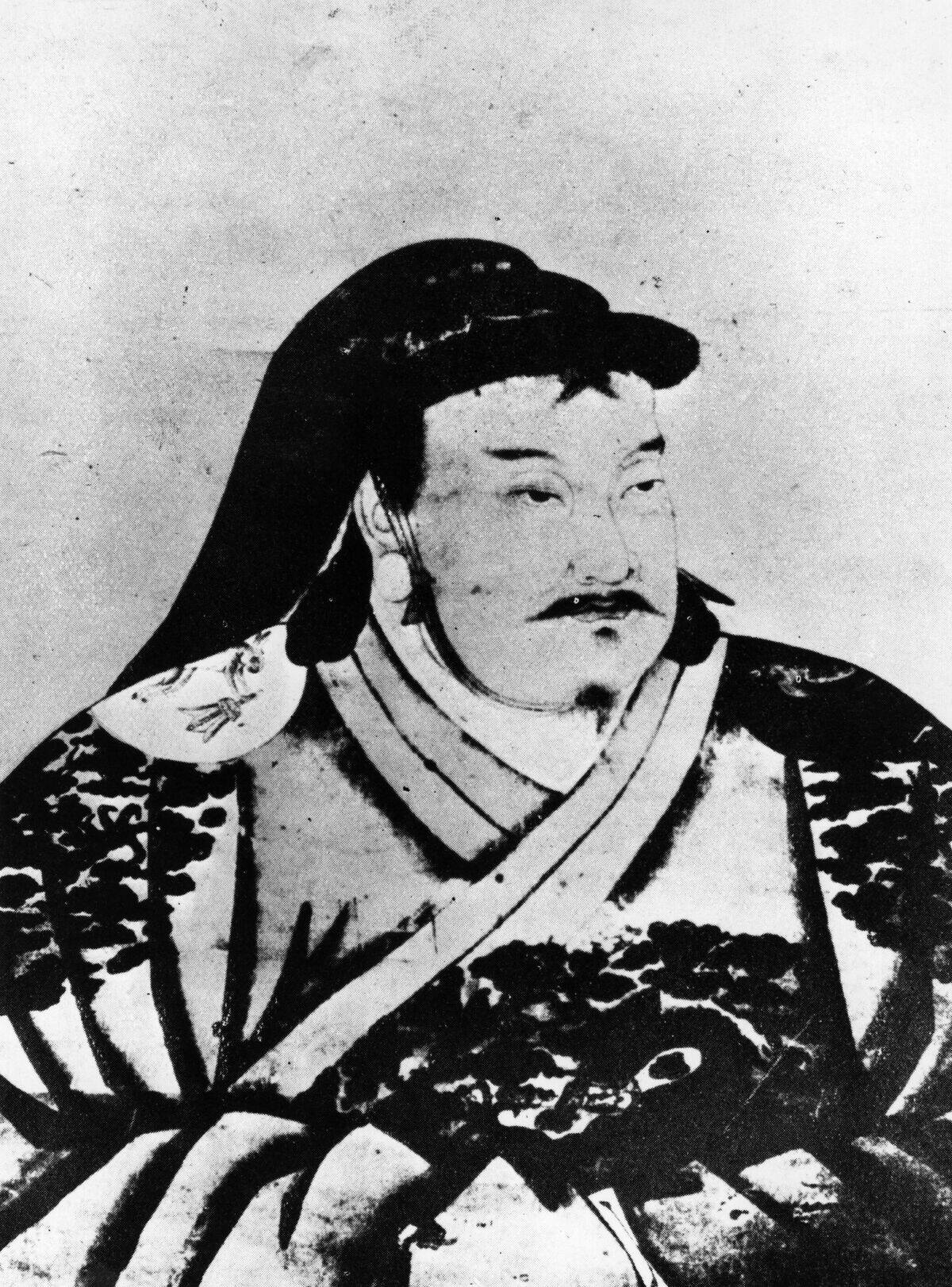
The Yuan Dynasty was established by Kublai Khan, the grandson of Genghis Khan, marking the first time China was ruled by a foreign dynasty. It united China after years of fragmented rule and expanded its territories significantly.
The dynasty is known for the promotion of trade and cultural exchanges, particularly via the Silk Road. Marco Polo’s travels during this period helped introduce Chinese culture and innovations to Europe, bridging East and West in new ways.
The Abbasid Caliphate: A Golden Age of Islam
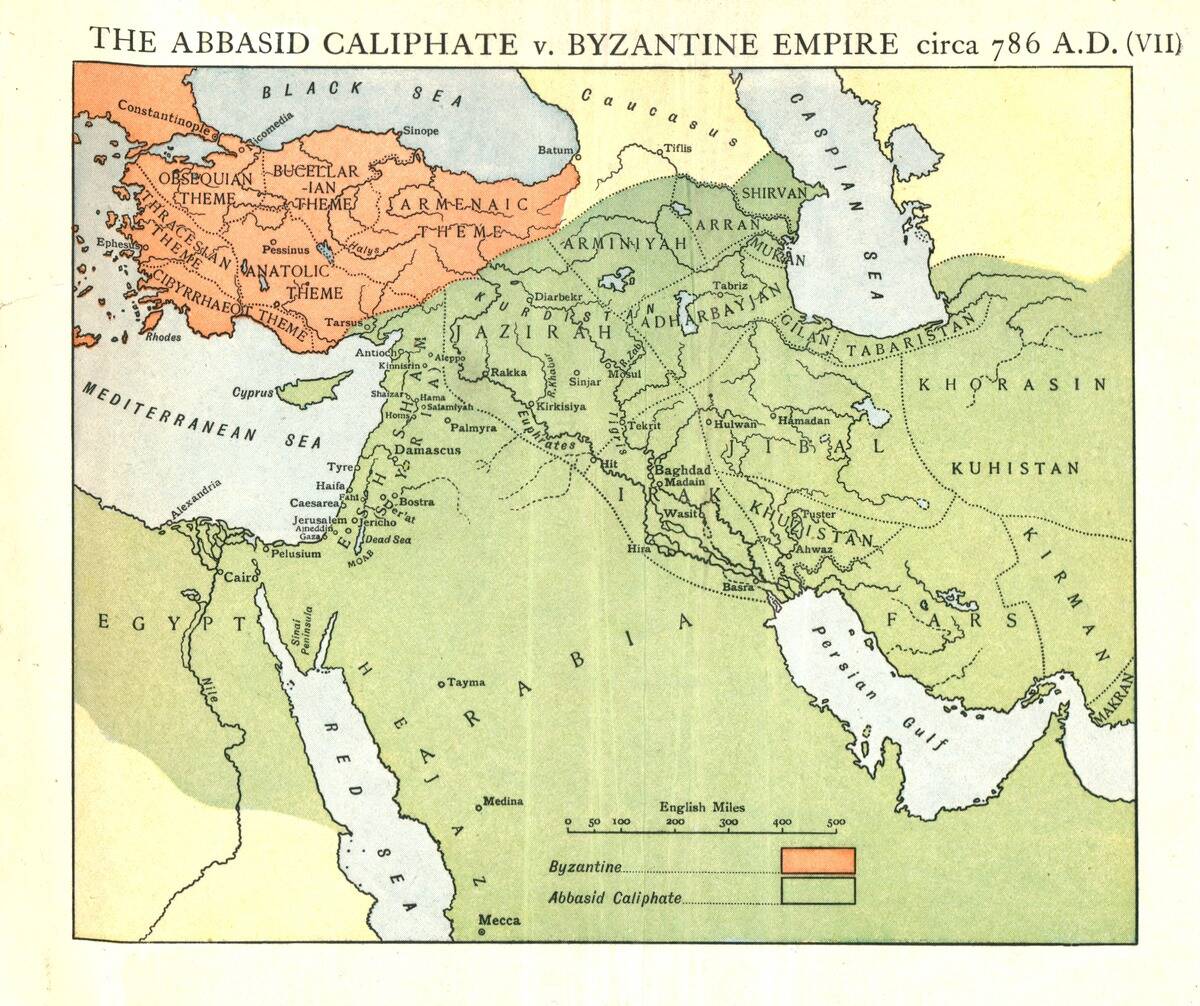
The Abbasid Caliphate, founded in 750 CE, is often considered the Islamic Golden Age, marked by advancements in science, technology, and culture. The capital, Baghdad, became a center of learning and commerce, attracting scholars from across the world.
The House of Wisdom was established, where Greek and Persian knowledge was translated into Arabic. This period laid the foundations for modern mathematics, astronomy, and medicine, influencing both the Islamic world and Europe.
The Portuguese Empire: Navigating the High Seas
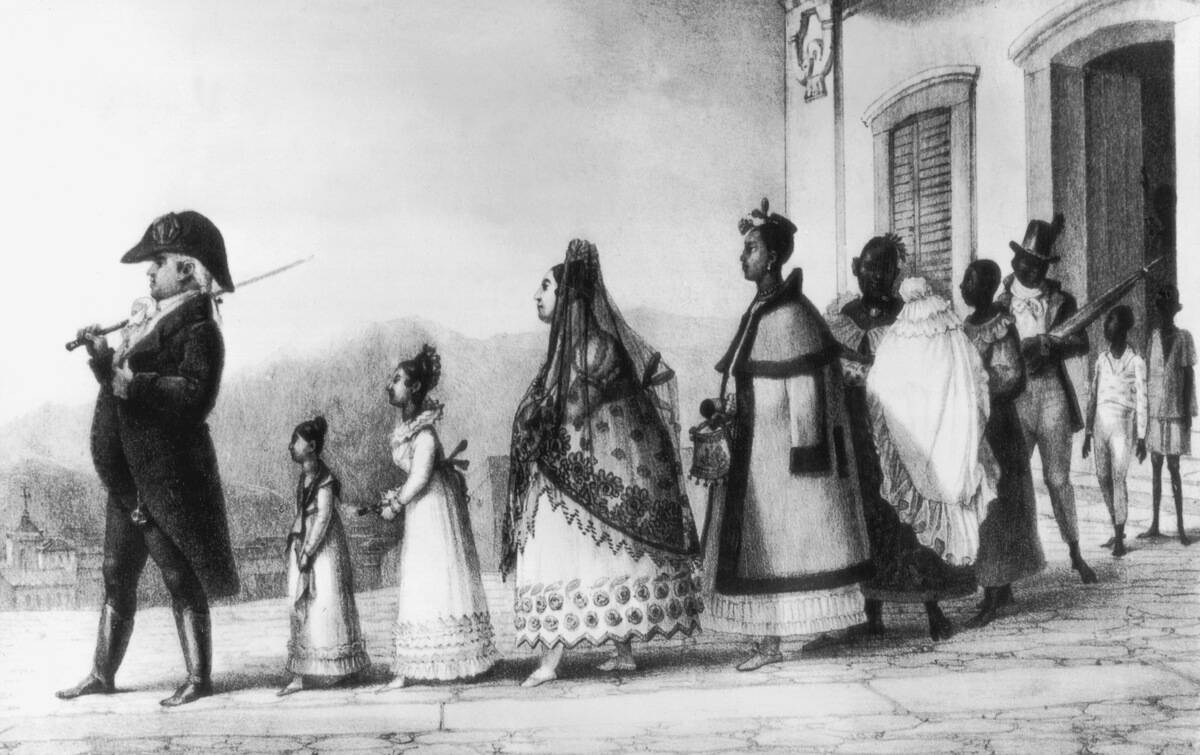
The Portuguese Empire was a pioneering maritime empire, known for its explorations led by figures like Vasco da Gama and Prince Henry the Navigator. It established sea routes to India, Africa, and Brazil, greatly enhancing the spice trade and global commerce.
Portugal’s empire was characterized by its network of coastal colonies and trading posts, which facilitated cultural exchanges. The legacy of the Portuguese language and culture is still evident in countries like Brazil, Angola, and Mozambique.
The Roman Empire: All Roads Lead to Rome
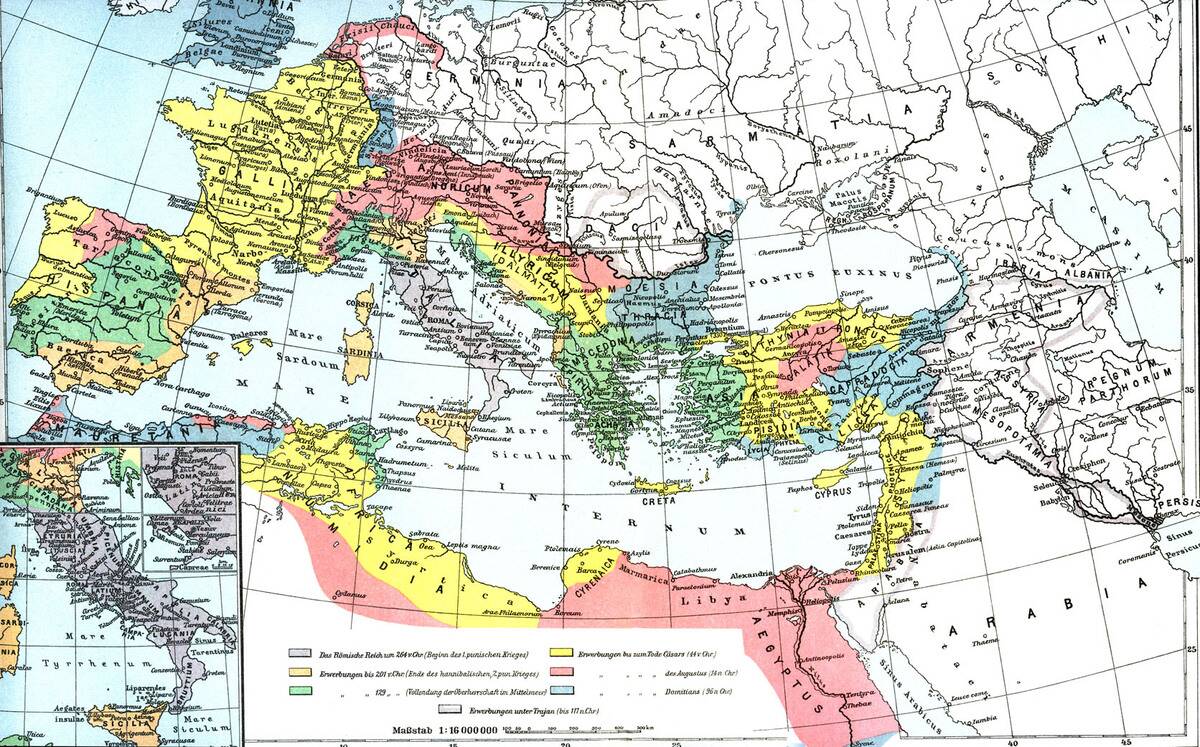
The Roman Empire was one of the most influential empires in history, known for its extensive road networks and architectural marvels like the Colosseum. At its height, it covered the Mediterranean basin and parts of Europe, Asia, and Africa.
The empire was pivotal in spreading Roman law, culture, and language across its territories. Latin, the language of Rome, became the foundation of many modern languages. The fall of Rome in 476 CE marked the end of ancient civilization and the beginning of the Middle Ages.
The Maurya Empire: Ancient India’s Largest Empire
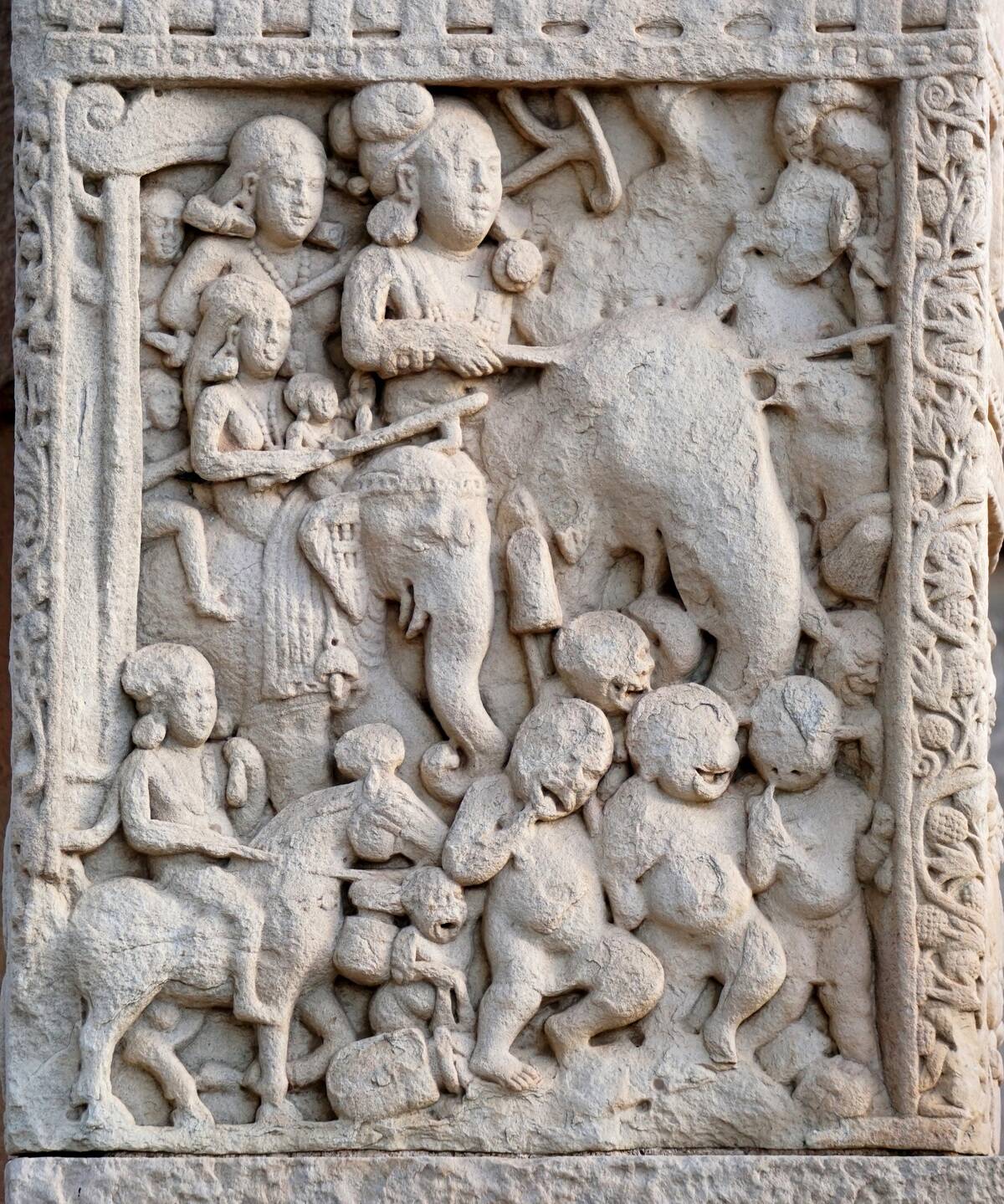
The Maurya Empire was the largest empire in ancient India, founded by Chandragupta Maurya in 320 BCE. It reached its zenith under Emperor Ashoka, who promoted Buddhism and non-violence after the bloody Kalinga War.
The empire’s administration and governance were advanced for their time, with a sophisticated bureaucracy and road systems. The spread of Buddhism during this era had a profound impact on Asia, shaping religious and cultural landscapes across the continent.
The Macedonian Empire: Alexander the Great’s Vast Conquests
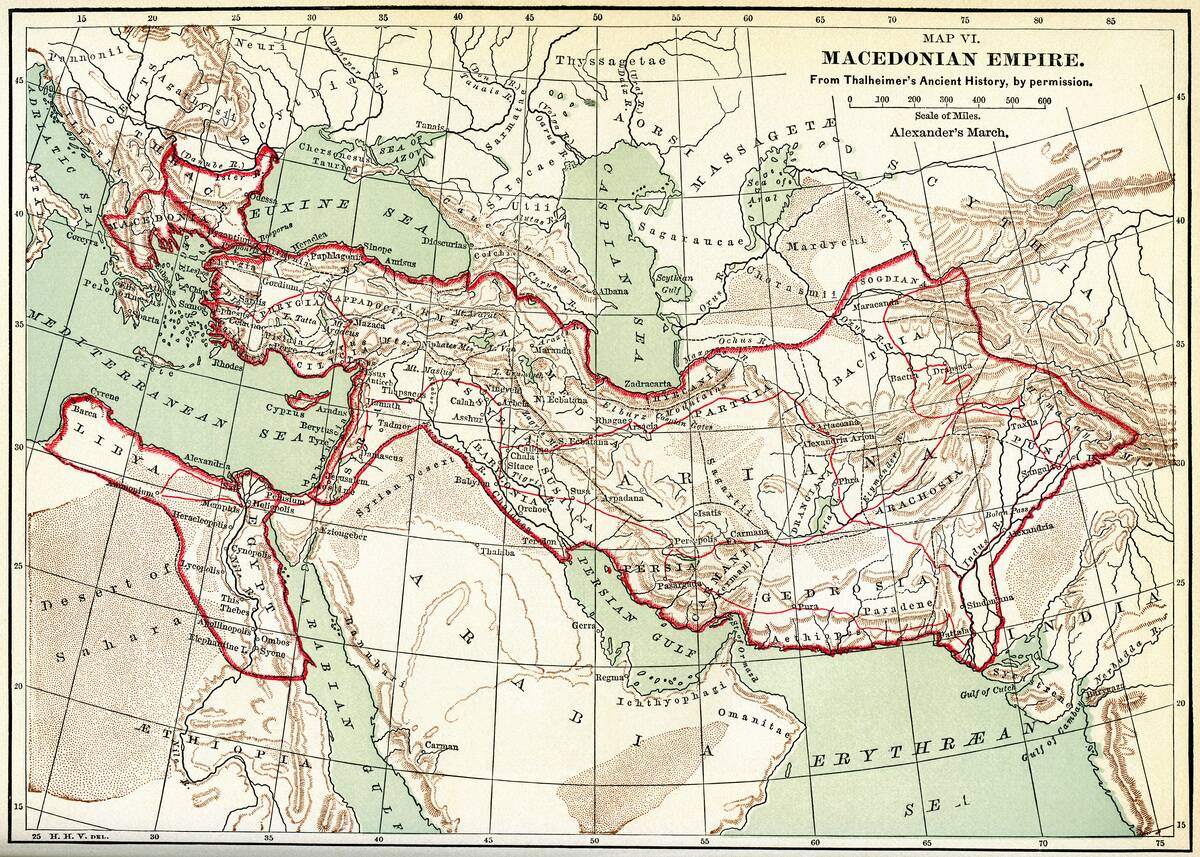
The Macedonian Empire, under the leadership of Alexander the Great, created one of the largest empires of the ancient world. Alexander’s conquests stretched from Greece to Egypt and as far east as India.
His legacy includes the spread of Greek culture, language, and ideas, known as Hellenism, across his empire. The cities he founded, such as Alexandria in Egypt, became centers of learning and culture. Despite its rapid expansion, the empire fragmented soon after Alexander’s death in 323 BCE.



